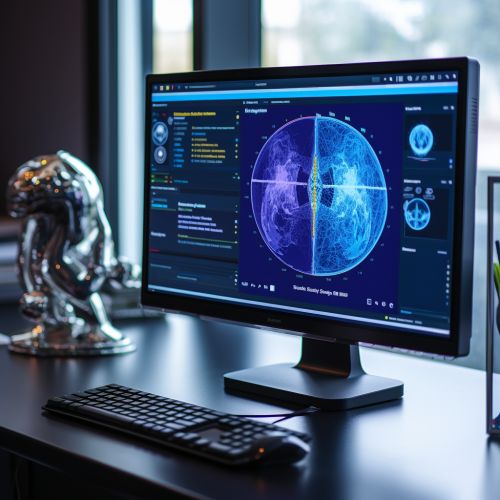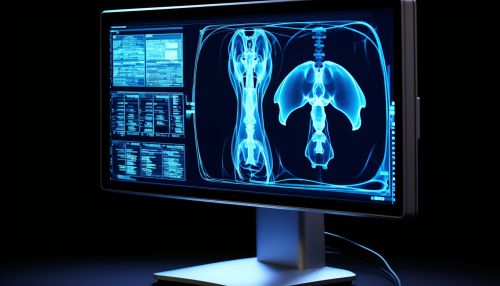The Role of Computer Vision in Medical Diagnosis and Treatment
Introduction
Computer vision is a field of artificial intelligence that trains computers to interpret and understand the visual world. In the medical field, computer vision is increasingly being used in diagnosis and treatment, providing a new layer of insight that can enhance patient care. This article will delve into the role of computer vision in medical diagnosis and treatment, exploring its applications, benefits, and challenges.


Computer Vision in Medical Imaging
One of the primary applications of computer vision in medicine is in the analysis of medical images. Medical imaging, which includes modalities such as X-rays, MRIs, and ultrasounds, generates a vast amount of data that can be difficult for humans to interpret accurately and efficiently. Computer vision algorithms can assist in the analysis of these images, identifying patterns and anomalies that may be indicative of disease.
Radiology
In radiology, computer vision can be used to detect abnormalities in X-rays, CT scans, and MRIs. For example, computer vision algorithms can be trained to identify signs of lung cancer in chest X-rays, or detect brain tumors in MRI scans. This can help radiologists make more accurate diagnoses, and can also speed up the diagnostic process by flagging potential issues for further review.
Pathology
In pathology, computer vision can be used to analyze tissue samples and identify signs of disease. For example, computer vision algorithms can be trained to detect cancerous cells in biopsy samples, or identify patterns in tissue samples that may be indicative of specific diseases. This can help pathologists make more accurate diagnoses, and can also speed up the diagnostic process by automating the analysis of large numbers of samples.
Computer Vision in Surgical Procedures
Computer vision also has applications in surgical procedures, where it can be used to guide surgical robots, assist in navigation during surgery, and provide real-time feedback to surgeons.
Robotic Surgery
In robotic surgery, computer vision algorithms can be used to guide surgical robots, allowing them to perform precise movements and avoid damaging healthy tissue. For example, computer vision algorithms can be used to guide a surgical robot during a prostatectomy, helping to ensure that the prostate is removed accurately and efficiently.
In surgical navigation, computer vision can be used to provide real-time feedback to surgeons, helping them navigate complex anatomical structures and avoid damaging healthy tissue. For example, computer vision algorithms can be used to generate a 3D model of a patient's brain during a neurosurgery, helping the surgeon navigate the brain and avoid damaging critical structures.
Benefits and Challenges
While computer vision holds significant promise in the field of medicine, it also presents a number of challenges that must be addressed.
Benefits
The use of computer vision in medical diagnosis and treatment can lead to a number of benefits, including increased accuracy in diagnosis, improved patient outcomes, and increased efficiency in the healthcare system. By automating the analysis of medical images and providing real-time feedback during surgical procedures, computer vision can help to reduce errors and improve patient care.
Challenges
Despite these benefits, there are also a number of challenges associated with the use of computer vision in medicine. These include issues related to data privacy and security, the need for large amounts of training data to develop accurate algorithms, and the risk of bias in algorithmic decision-making. Additionally, the integration of computer vision technologies into existing healthcare systems can be complex and costly.
Conclusion
Computer vision is playing an increasingly important role in medical diagnosis and treatment, with applications ranging from medical imaging analysis to surgical navigation. While there are challenges to be addressed, the potential benefits of computer vision in medicine are significant, and ongoing research and development in this field promises to further enhance patient care in the future.
